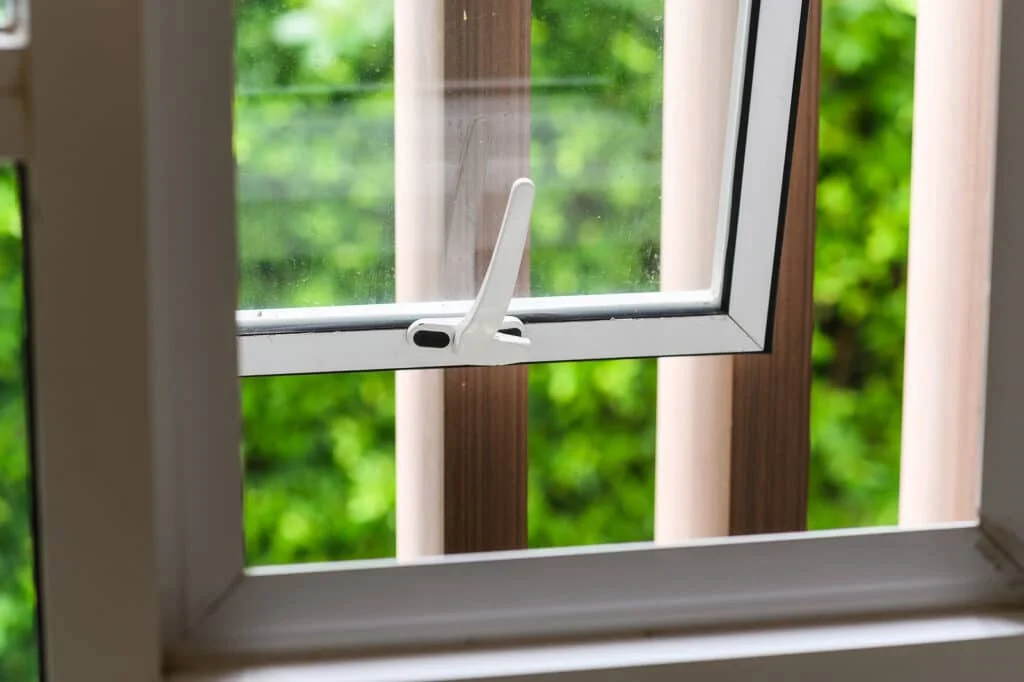Slider windows are a popular choice for homeowners due to their sleek design, ease of use, and excellent ventilation capabilities. However, like any other window type, slider windows can encounter problems over time.
Understanding these common issues and knowing how to address them can help you maintain the functionality and longevity of your slider windows. In this article, we will explore some of the most common slider window problems and provide practical solutions to fix them.
- Sticking or Difficult Operation
One of the most frequent issues with slider windows is sticking or difficulty in opening and closing them smoothly. This can be caused by debris, dirt, or a misalignment of the window tracks. To fix this problem, start by cleaning the tracks using a soft brush or vacuum cleaner to remove any dirt or debris.
Next, apply a silicone-based lubricant to the tracks to ensure smooth operation. If the issue persists, you may need to realign the window by adjusting the rollers or contacting a professional for assistance.
- Air Leaks and Drafts
Air leaks and drafts around slider windows can lead to energy loss and discomfort inside your home. These leaks are often caused by worn-out weatherstripping or gaps between the window frame and sash. To address this issue, inspect the weatherstripping along the window frame and replace any damaged or deteriorated sections. Additionally, consider using weatherstripping tape or caulk to seal any gaps or cracks around the window frame. This will help prevent air infiltration and improve energy efficiency.
- Foggy or Condensation Between Panes
If you notice foggy or condensation buildup between the panes of your slider windows, it is a sign of seal failure. When the window seals deteriorate, moisture can enter between the glass panes, resulting in foggy or hazy windows.
Unfortunately, fixing this issue typically requires replacing the affected window unit. Contact a professional window installer to assess the situation and replace the window with a new, properly sealed unit.
- Rattling Windows

Rattling windows can be both annoying and concerning, as they indicate loose or damaged components. The most common cause of window rattling is loose sash or hardware. Start by checking the screws, bolts, or fasteners securing the window sash. Tighten them if necessary to eliminate the rattling sound. If the problem persists, examine the window frame for any signs of damage or warping. In some cases, it may be necessary to replace the damaged components or seek professional assistance.
- Damaged or Broken Window Screens
Slider windows often come equipped with screens to allow fresh air in while keeping insects out. However, screens can become damaged or torn over time. If you notice any holes or tears in your window screens, it’s important to repair or replace them. Small holes can be patched using screen repair kits available at most hardware stores. For larger or irreparable damage, consider replacing the entire screen with a new one. Properly functioning screens will help maintain ventilation and keep unwanted pests at bay.
Slider windows are a valuable addition to any home, but they can experience certain issues over time. By being aware of common problems like sticking operation, air leaks, condensation, rattling, and damaged screens, you can take the necessary steps to address these issues promptly.
Regular maintenance, such as cleaning, lubricating, and inspecting the window components, will also help prevent these problems from occurring. Remember, if you’re unsure about any repairs or if the issues persist, it’s always a good idea to consult a professional window installer who can provide expert guidance and assistance in fixing your slider window problems.

